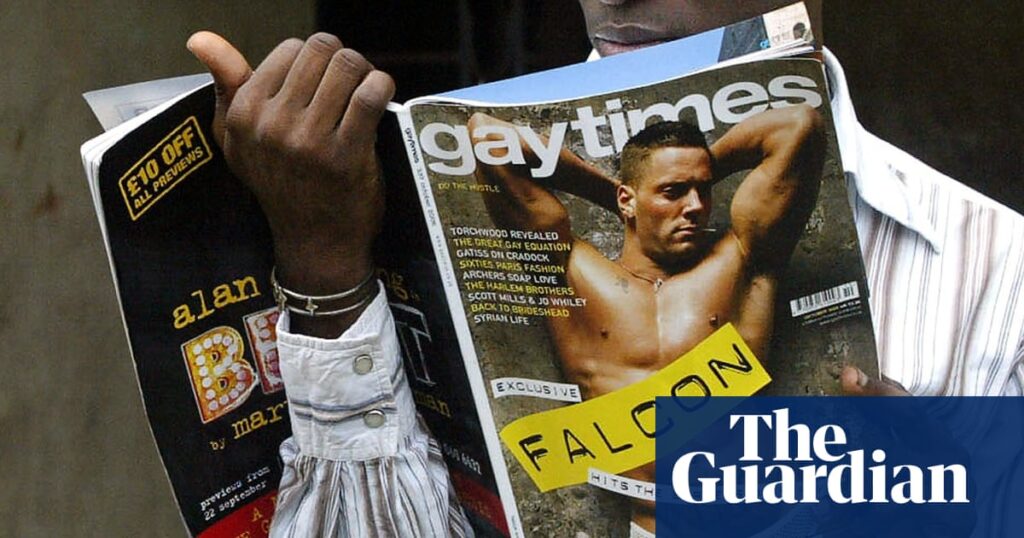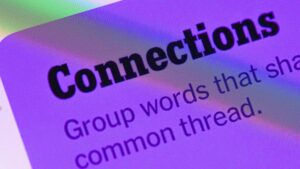
Publications targeting LGBTQ+ and other diverse audiences are encountering significant discrimination from advertisers, according to editors, as political attacks on diversity and inclusion campaigns intensify. This trend marks a stark departure from the previous enthusiasm to engage with such media outlets.
Senior figures from these publications report that what was once a “gold rush” to collaborate with titles catering to the gay community and other minority groups has sharply declined. In the past 18 months, a backlash against corporate diversity, equity, and inclusion (DEI) efforts in the United States has prompted some major companies to retract their initiatives.
The Impact on LGBTQ+ Media
Tag Warner, the chief executive of Gay Times, revealed that his publication, which had been experiencing digital growth in the U.S., lost 80% of its advertisers over the past year, resulting in a shortfall of over £5 million in anticipated advertising revenue. Warner, who has led the outlet since 2019, attributes this downturn to an anti-DEI movement in the U.S.
“I know that media and marketing is also going through a challenging year anyway, but when we’re thinking about other organisations that don’t talk to diverse themes, they’re not nearly as impacted as we are,” Warner stated. “This is just good old-fashioned discrimination. Because discrimination doesn’t have to make business sense. Discrimination doesn’t have to be logical. Discrimination is discrimination.”
Warner further explained that the shift in brand behavior reflects the influence of voices advocating for less inclusive perspectives, leading to a significant change in corporate strategies.
Broader Industry Trends
Nafisa Bakkar, co-founder of Amaliah, which focuses on amplifying the voices of Muslim women, noted a “change in mood” among brands and advertisers. “There was this DNI [diversity and inclusion] gold rush,” she said. “It is, I would say, well and truly over.”
Bakkar highlighted that while they collaborate with numerous UK advertisers, the emphasis on “brand safety” is more pronounced in the U.S., serving as a euphemism for avoiding controversy. Ibrahim Kamara, founder of the youth platform GUAP, observed a “relative difference” in brand approaches since 2020, with economic pressures exacerbating the situation.
“The thing that most people within these kind of spaces can probably agree on is that the energy and the PR is very different now,” Kamara remarked. “It was almost a badge of honour to be able to say that you’re supporting certain communities. Now, I’ve seen that lots of the diversity and inclusion people that were hired around that period have probably lost their jobs. It doesn’t have the same PR effect any more.”
Political and Economic Influences
Warner emphasized that the anti-DEI sentiment predated Donald Trump’s return to the political scene, with figures like conservative pundit Robby Starbuck spearheading long-standing campaigns against diversity efforts. However, Trump’s influence seemingly emboldened these perspectives.
Despite the challenges, not all publications have been equally affected. Darren Styles, managing director of Stream Publishing, which publishes Attitude magazine, noted that while brands are cautious, many are maintaining their commitments.
“Brands are nervous, that’s for sure, or careful – or a combination of both,” Styles commented. “They’re aware it can be a lightning rod for a vocal minority. But our experience is that most people are holding their ground, if not doubling down.”
Styles expressed concern over the rise of Nigel Farage’s Reform party in the UK, which historically lacks support for the LGBTQ+ community, but remains optimistic about consumer discernment.
Strategic Adjustments and Future Outlook
Mark Berryhill, chief executive of equalpride, which publishes prominent U.S. titles like Out and The Advocate, acknowledged that brands and agencies have become more cautious, leading to prolonged deal negotiations. He stressed the importance of emphasizing the business rationale behind supporting LGBTQ+ publications.
“We’ve tried to do a better job in this political climate of just selling the importance of our buying power,” Berryhill said. “Everybody’s cautious and I don’t think it’s just LGBTQ. I think they’re cautious in general right now with their work with minority-owned companies.”
Berryhill believes the controversy has prompted brands to recognize that supporting LGBTQ+ journalism is not merely a charitable act but a sound business decision. “We have important stories to tell. But it’s also a good business decision. The more we show that side, certain brands will come along.”
As the political and economic landscapes continue to evolve, LGBTQ+ publications must navigate these challenges while advocating for their significance in the media landscape. The coming years will be crucial in determining whether brands will renew their commitment to diversity and inclusion or continue to retreat under pressure.







